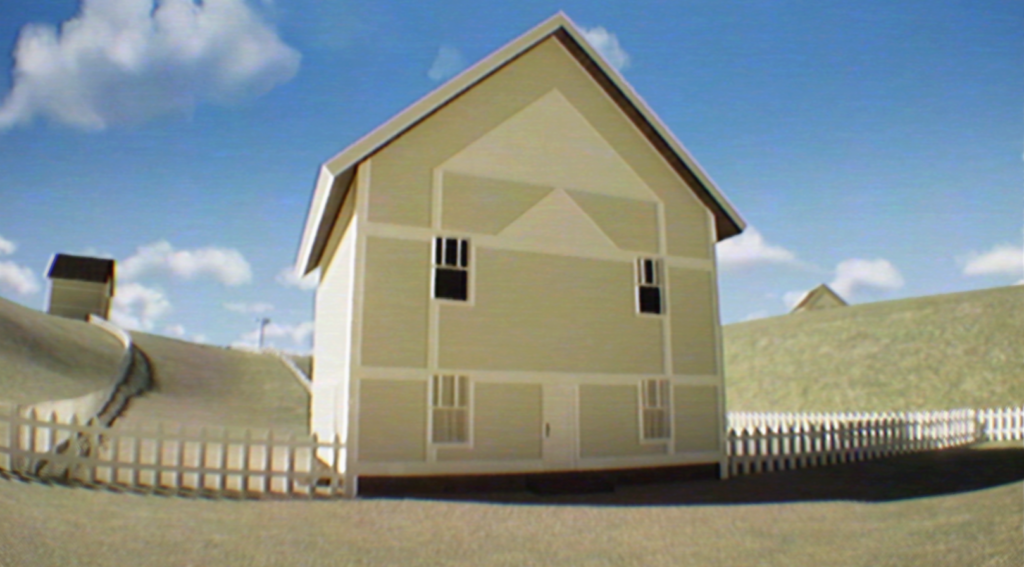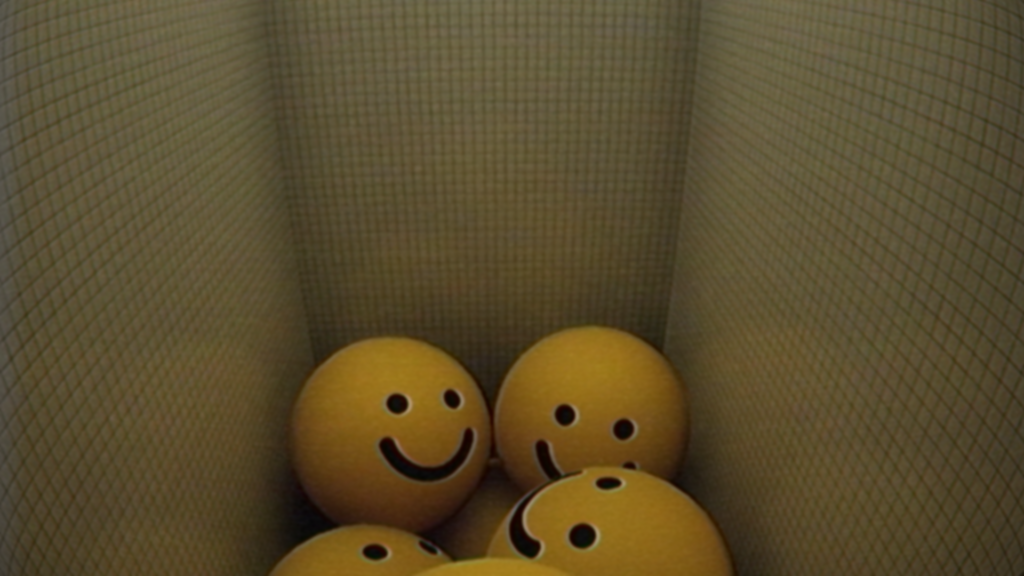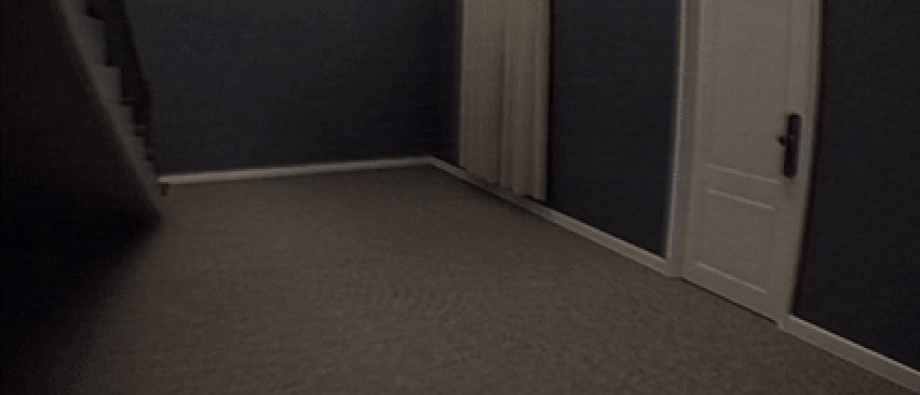A Different Kind of Horror
Dreamcore isn’t your typical horror game. There are no grotesque monsters stalking the halls, no sudden jump scares, and no over-the-top gore. Instead, this first-person exploration horror experience relies on atmosphere, sound design, and a deep sense of the unknown to unsettle players. Inspired by the eerie, nostalgic unease of liminal spaces and the “backrooms” aesthetic, Dreamcore drops you into an uncanny world where nothing feels quite real—and that’s precisely what makes it so unnerving.
Rather than guiding you with clear objectives or waypoints, Dreamcore leaves you to wander, observe, and piece together its surreal environments. Each area has its own distinct aesthetic, evoking feelings of nostalgia, claustrophobia, and existential dread. The question is: will this unique approach to horror keep players engaged, or does its lack of structure lead to frustration? Let’s explore what makes Dreamcore both fascinating and divisive.

Exploration Over Terror: The Core Gameplay
Dreamcore is not a survival horror game—there’s no inventory, no weapons, and no direct threats. Instead, it’s an atmospheric walking simulator with puzzle-like elements that encourage players to explore and navigate unfamiliar environments.
There are multiple distinct levels, each offering a different dreamlike setting to traverse:
- The Dream Pools – An infinite, eerily quiet water complex filled with glowing hallways, submerged corridors, and impossible staircases. It’s a place that feels both peaceful and unsettling, as if something is lurking just out of sight.
- Eternal Suburbia – A vast neighborhood of identical houses, endless fences, and looping streets. The emptiness of the world, paired with the distant sound of something moving, makes for a deeply uncomfortable experience.
- The Industrial Backrooms – An abandoned factory-like setting filled with flickering fluorescent lights, exposed pipes, and the constant hum of machinery. This area feels the most conventionally “threatening,” despite the lack of direct danger.
Rather than relying on traditional horror elements like chase sequences or grotesque creatures, Dreamcore crafts a feeling of isolation and paranoia through its environmental design. You’ll often hear distant sounds—footsteps, whispers, or a door creaking open—but rarely see the source. The game forces you to question whether you’re truly alone, creating an anxiety that lingers long after you stop playing.
Liminal Spaces and Uncanny Atmosphere
One of Dreamcore’s strongest aspects is its commitment to capturing the unsettling nature of liminal spaces—locations that feel both familiar and unnatural at the same time. The way the game renders empty, echoing hallways, never-ending corridors, and eerily motionless pools taps into a deep-seated psychological unease.
The game’s VHS-style visual effects, flickering lights, and washed-out colors contribute to its surreal, dreamlike aesthetic. Whether you’re wandering through a seemingly infinite parking garage or a sterile office space with no windows, there’s always a sense that something is just out of frame, watching.

Sound Design: Less is More
Dreamcore uses sound sparingly but effectively. There’s no traditional soundtrack, only ambient noise that amplifies the isolation. The game plays with silence and distant sounds, using them to create moments of unexpected tension.
For example, in the Dream Pools, the gentle echo of dripping water is occasionally interrupted by what sounds like footsteps—except there’s no one there. In Eternal Suburbia, a faint radio broadcast can sometimes be heard, but it never gets clearer, leaving players with an eerie sense of intrusion.
The absence of voice acting and music adds to the feeling that this world is empty, yet alive in some unnatural way.
A Nonlinear Experience That Can Feel Aimless
Dreamcore’s biggest strength—its lack of hand-holding—is also its most divisive feature. The game doesn’t provide any instructions, objectives, or on-screen markers. You’re simply dropped into each environment and left to figure out where to go and how to escape.
For players who enjoy pure exploration and environmental storytelling, this approach is refreshing. It allows for a highly immersive experience, where discovery feels organic rather than guided by prompts. However, for those who prefer more structured gameplay, this can lead to frustration.
Some areas, like the Dream Pools, can feel endlessly repetitive, with no clear indicators of progress. Since the game doesn’t always provide direct feedback, it’s easy to feel like you’re wandering in circles. While this contributes to the dreamlike and disorienting nature of the game, it might test the patience of some players.

Where Dreamcore Excels and Where It Drifts
What Makes the Nightmare Work
- Masterful Atmosphere – The game’s use of liminal spaces, surreal environments, and eerie sound design creates an unforgettable feeling of unease.
- No Cheap Jump Scares – Instead of relying on sudden loud noises or monsters, Dreamcore builds its horror through subtle psychological tension.
- Unique Level Design – Each area feels distinct, from the unsettling calm of the Dream Pools to the isolating expanse of Eternal Suburbia.
- Immersive Visual Style – The VHS effects and muted colors add to the nostalgic but unsettling aesthetic.
- Encourages Exploration – The game’s lack of hand-holding rewards players who enjoy piecing together environmental clues and navigating mysterious spaces.
What Might Pull Players Out of the Dream
- Lack of Direction Can Be Frustrating – Some areas feel too open-ended, and without a clear sense of progress, players may feel lost.
- Slow Pacing in Some Sections – Certain levels, like the Dream Pools, drag on too long, while others feel rushed or underdeveloped.
- No Traditional Horror Elements – If you’re looking for chase sequences, monsters, or direct threats, you won’t find them here.
- Disconnected Levels – Rather than feeling like a continuous dream, levels are separated into distinct chapters, making the experience feel less cohesive.
Dreamcore: Dreamcore isn’t a game that’s meant to scare you outright—it’s a game that lingers in your mind long after you turn it off. With its masterful use of liminal spaces, ambient sound design, and non-linear exploration, it creates an existential horror experience unlike anything else. However, its lack of structure, slow pacing, and aimless wandering may not appeal to everyone. Players looking for traditional horror elements might find it lacking, while those who love surreal, psychological horror will appreciate its unsettling beauty. If you’re the kind of player who finds the thought of wandering an endless, empty pool complex or a silent, uninhabited suburb unnerving, Dreamcore is absolutely worth experiencing. But if you need clear objectives, structured gameplay, or tangible threats, you might find yourself lost in its dreamlike void—literally. – Obsidian


